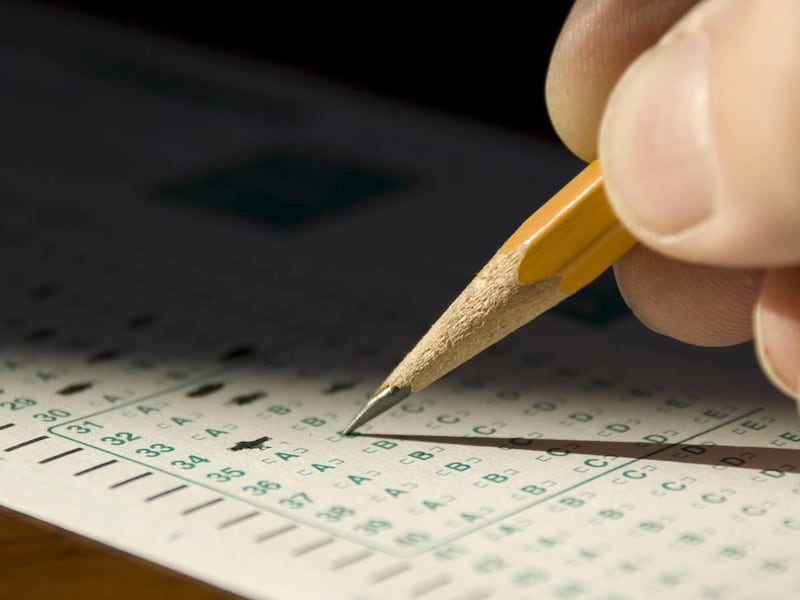Most of the 2011 high school graduates who took the SAT were not college-ready, according to a report released by the College Board this week.
Just 43 percent of 2011 graduates who took the college entrance exam were deemed ready to succeed in college or received a combined score of 1550 or higher on the critical reading, mathematics and writing sections. This score indicates that students have a 65 percent likelihood of getting a B- average or higher during their freshman year of college, according to the College Board, which administers the SAT test. The highest score a person can receive is 2400.
Scores this year were worse than last. Nationally, there was a three-point drop on the critical reading section (from 500 to 497), a one-point drop on the math section (515 to 514) and a two-point drop on the writing section (491 to 489). Reading scores were the lowest on record in the last four decades, 33 points down from 1972 the Washington Post reported.
In Utah, students scored on average five points less on reading (from 568 to 563) and two points less on writing (from 547 to 545) and saw no change in math (559) since 2010, according to a released statement by the state. Yet most college-bound students in Utah opt to take the ACT college entrance exam, which is used by all Utah public institutes.
Yet the College Board notes that more students took the SAT this year than ever before with more than half of graduating seniors participating, or nearly 1.65 million. And more underrepresented students took the test: 44 percent were minority students, 36 percent were first-generation college-goers and 27 percent do not speak English exclusively.
"The good news is we have more students thinking about college than ever before," said James Montoya, a College Board vice president, told the Washington Post. "Anytime you expand the number of students taking the SAT and expand it the way that we have — into communities that have not necessarily been part of the college-going culture — it's not surprising to see a decline of a few points."
But Bob Schaeffer, public education director of FairTest, a group skeptical of standardized testing, believes scores have dropped because of the focus on the No Child Left Behind Act.
"How many wake-up calls do policymakers need before they admit that their test-and-punish strategy is a failure?" Schaeffer told the New York Times. "Policymakers need to embrace very different policies if they are committed to real education reform."
The group has found that SAT avaerages have dropped "significantly" since the enactment of the No Child Left Behind Act and that gaps between whites, Asians and Hispanics have grown larger, according to the group's website.
The College Board also noted that while there has been a decline in average performance, the number of high-performing students was higher for the class of 2011 than ever before.
SAT by the numbers
Here is some more information about the people who took the SAT in 2011:
44 percent were minority students.
36 percent were first-generation college-goers.
27 percent reported that English was not the only language first learned at home.
—Los Angeles Times
EMAIL: slenz@desnews.com


